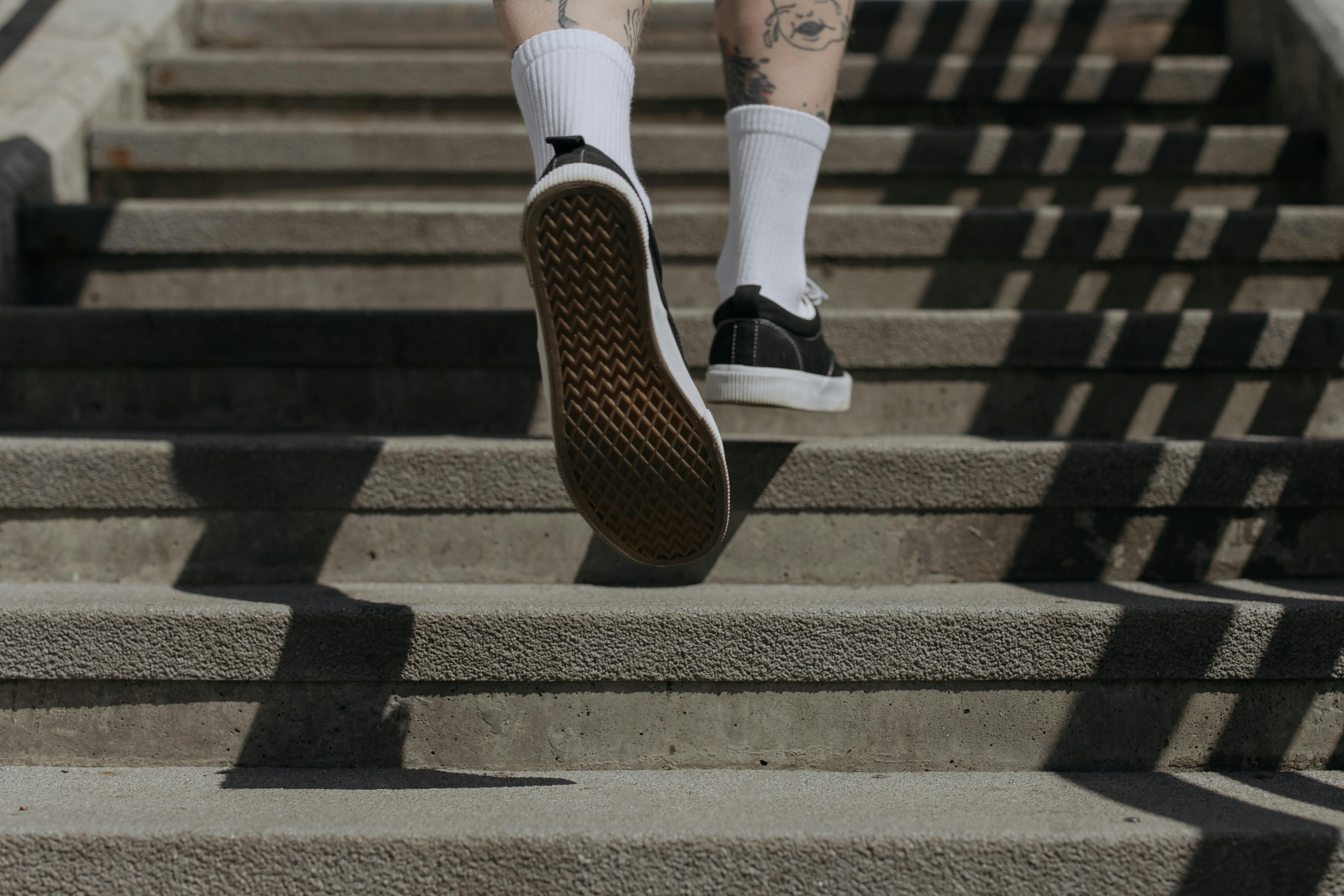Unknown Footcare Hacks People Are Exploring in 2025
As we step into 2025, footcare enthusiasts worldwide are discovering innovative DIY solutions that promise healthier, fresher feet without breaking the bank. From repurposing everyday household items to creating natural remedies with pantry staples, these unconventional approaches are gaining traction among those seeking alternatives to expensive commercial products. The growing trend reflects a broader shift toward sustainable, cost-effective self-care practices that deliver genuine results.

How Tea Bag Footcare Hacks Are Transforming Foot Health
Tea bags are emerging as versatile tools in modern footcare routines, offering multiple benefits through their natural compounds. Black tea contains tannins that help reduce excessive sweating by temporarily closing pores, making it particularly effective for those dealing with hyperhidrosis. Green tea provides antioxidants and anti-inflammatory properties that can soothe tired, aching feet after long days.
The most popular method involves steeping 4-6 tea bags in hot water for 10 minutes, then allowing the solution to cool to a comfortable temperature before soaking feet for 15-20 minutes. Peppermint tea offers cooling sensations perfect for summer months, while chamomile tea provides gentle relaxation for bedtime routines. Many users report noticeable improvements in foot comfort and reduced perspiration within just a few applications.
Effective Home Hacks for Foot Odor That Actually Work
Persistent foot odor no longer requires expensive specialized products when common household items can provide equally effective solutions. Baking soda serves as a powerful odor neutralizer - simply sprinkle it inside shoes overnight or create a paste with water for direct foot application. White vinegar mixed with equal parts water creates an antimicrobial foot soak that eliminates odor-causing bacteria.
Essential oils like tea tree, lavender, and eucalyptus offer natural antibacterial properties while leaving feet pleasantly scented. A few drops mixed with carrier oils or added to foot soaks can significantly reduce unpleasant odors. Cornstarch works similarly to commercial foot powders, absorbing moisture that contributes to bacterial growth. These solutions prove particularly valuable for athletes, healthcare workers, and anyone spending extended periods in closed footwear.
DIY Methods for Fresh Shoes Without Commercial Products
Keeping shoes fresh and odor-free becomes simple with creative household solutions that cost fraction of store-bought alternatives. Coffee grounds, after brewing, can be dried and placed in breathable fabric pouches inside shoes overnight. The grounds naturally absorb moisture and odors while leaving a subtle, pleasant aroma.
Freezing shoes in sealed plastic bags for 24 hours kills odor-causing bacteria, though this method works best for shoes that can withstand temperature changes. Cedar shoe trees not only maintain shoe shape but also naturally repel moisture and insects. For immediate freshening, rubbing alcohol on a cloth can quickly sanitize shoe interiors, evaporating completely without leaving residue.
UV light exposure offers another powerful method - placing shoes in direct sunlight for several hours naturally eliminates bacteria and fungi while reducing moisture content. Many people combine multiple techniques, rotating between different methods to maintain consistently fresh footwear throughout the year.
| Method | Materials Needed | Estimated Cost | Effectiveness Rating |
|---|---|---|---|
| Tea Bag Soaks | Tea bags, warm water | $3-8 per month | High for sweat reduction |
| Baking Soda Treatment | Baking soda | $2-4 per month | Very high for odor control |
| Essential Oil Blends | Essential oils, carrier oil | $15-25 initial cost | High for antibacterial action |
| Coffee Ground Sachets | Used coffee grounds, fabric | $1-3 per month | Moderate for shoe freshening |
| Vinegar Foot Soaks | White vinegar | $2-5 per month | High for bacterial elimination |
Prices, rates, or cost estimates mentioned in this article are based on the latest available information but may change over time. Independent research is advised before making financial decisions.
Creating Long-Term Footcare Routines with Natural Ingredients
Sustainable footcare extends beyond quick fixes to encompass comprehensive daily and weekly routines using natural ingredients. Epsom salt baths, enriched with essential oils, provide regular detoxification while softening calluses and rough skin. Oatmeal scrubs, created by grinding rolled oats with honey, offer gentle exfoliation that removes dead skin cells without harsh chemicals.
Regular rotation of shoes allows proper drying time between wears, significantly reducing bacterial buildup. Natural moisture-wicking socks made from bamboo or merino wool complement these DIY treatments by maintaining optimal foot environment throughout the day. Weekly deep-cleaning sessions combining multiple techniques ensure consistent results while building healthy habits that benefit overall foot health.
Conclusion
The footcare landscape in 2025 reflects growing awareness that effective solutions don’t always require expensive commercial products. These time-tested natural methods, from tea bag treatments to household odor eliminators, offer practical alternatives that deliver measurable results. As more people discover the effectiveness of DIY footcare approaches, these methods continue evolving through shared experiences and creative adaptations. The key lies in consistency and finding the right combination of techniques that work for individual needs and lifestyles.
This article is for informational purposes only and should not be considered medical advice. Please consult a qualified healthcare professional for personalized guidance and treatment.




